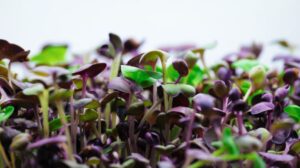Oklahoma’s fall gardening season is a fantastic opportunity to explore a variety of plants that thrive in the cooler temperatures. Here’s a unique list of plants particularly suited for an Oklahoma fall garden:
Fall Plants Oklahoma
Pansies:

These vibrant flowers can survive frosts and come in a range of colors. They’re perfect for adding a pop of color to beds and containers as temperatures begin to dip.
Chrysanthemums:

Known colloquially as mums, these perennial favorites are a hallmark of fall. They provide late-season blooms and can withstand Oklahoma weather.
Ornamental Kale and Cabbage:
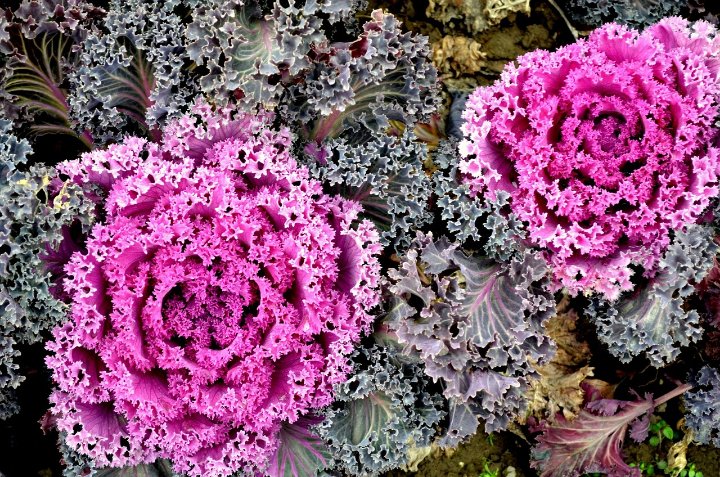
These plants not only add a decorative element to your garden but also tolerate the cooler temperatures of fall, boasting gorgeous colors and textures.
Asters:
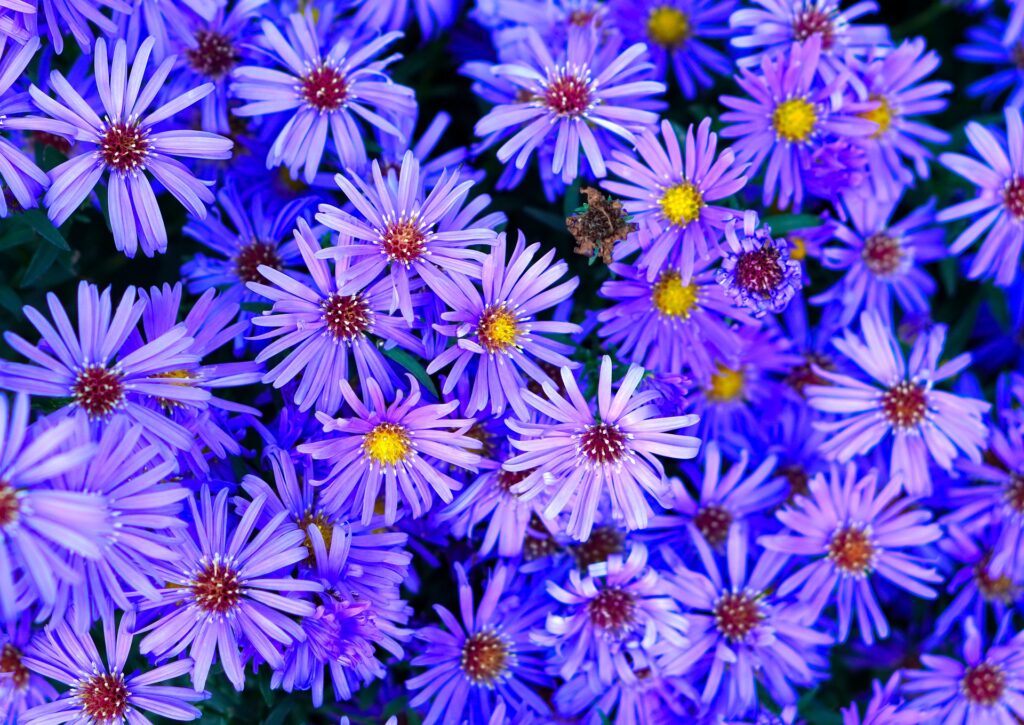
With their daisy-like blooms in shades of purple, blue, and white, asters are great perennials that create a stunning display throughout the fall, attracting pollinators like bees and butterflies.
Sweet Alyssum:

This low-growing annual has delicate, fragrant flowers that thrive in cooler weather. It can be a great ground cover or filler in fall garden arrangements.
Sedum:
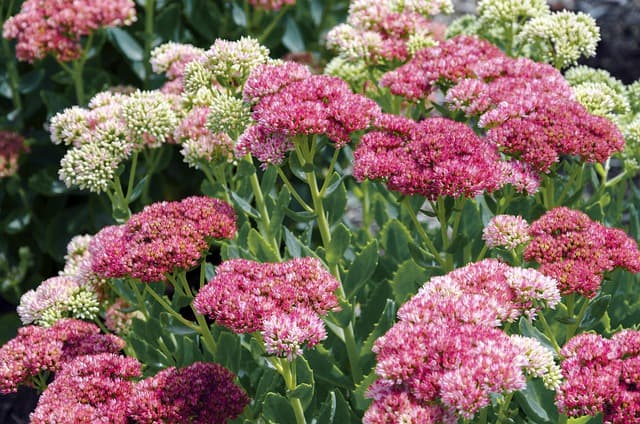
Known for its drought resistance and ease of care, many sedum varieties bloom in the fall, offering stunning, succulent foliage and flowers.
Fall Vegetables:
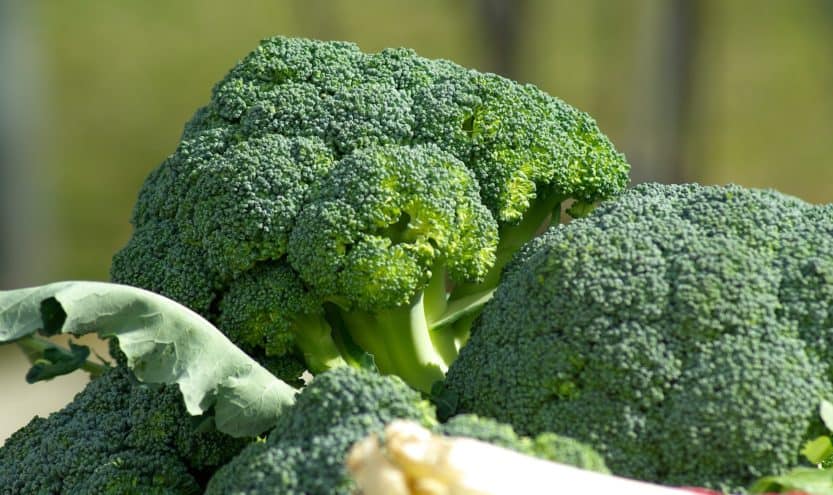
Consider crops like kale, spinach, and broccoli. These leafy greens flourish in cooler weather and can provide you with a nutritious harvest in the late fall.
Herbs:

Cool-season herbs like cilantro, parsley, and chives can still be grown in the fall, providing fresh flavors for your kitchen.
Spring-Blooming Bulbs:
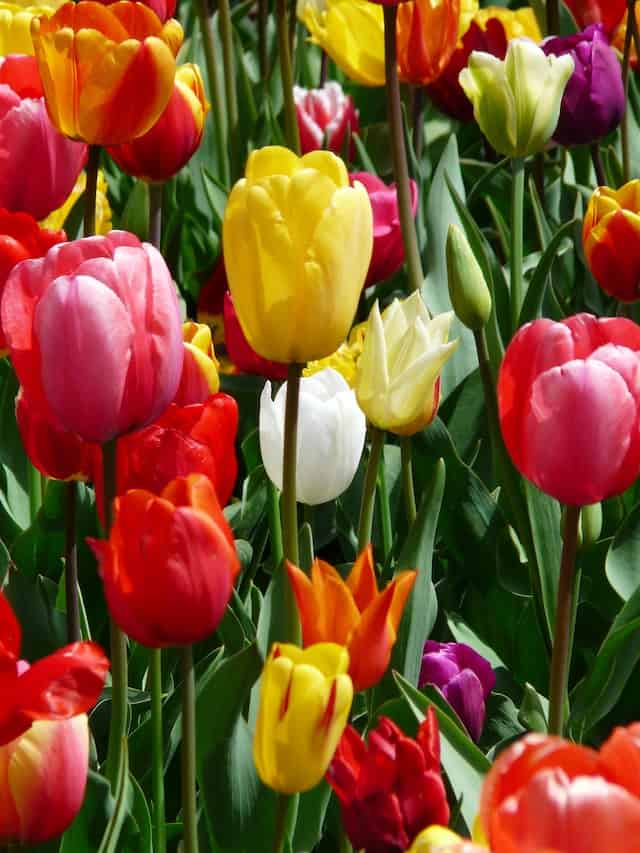
Planting bulbs such as daffodils and tulips in the fall can prepare for a spectacular display the following spring.
Each of these plants has unique growing requirements, but they collectively contribute to a vibrant fall landscape in Oklahoma. By choosing a mix of perennials, annuals, and edible crops, you can create a dynamic garden that lasts through the seasons.
Vegetables to Plant
When it comes to fall gardening in Oklahoma, an exciting array of vegetables can be successfully sown and harvested, ensuring that your table remains stocked with fresh produce even as the weather turns crisp. Here are several vegetable varieties well-suited for Oklahoma’s fall climate:
1. Kale
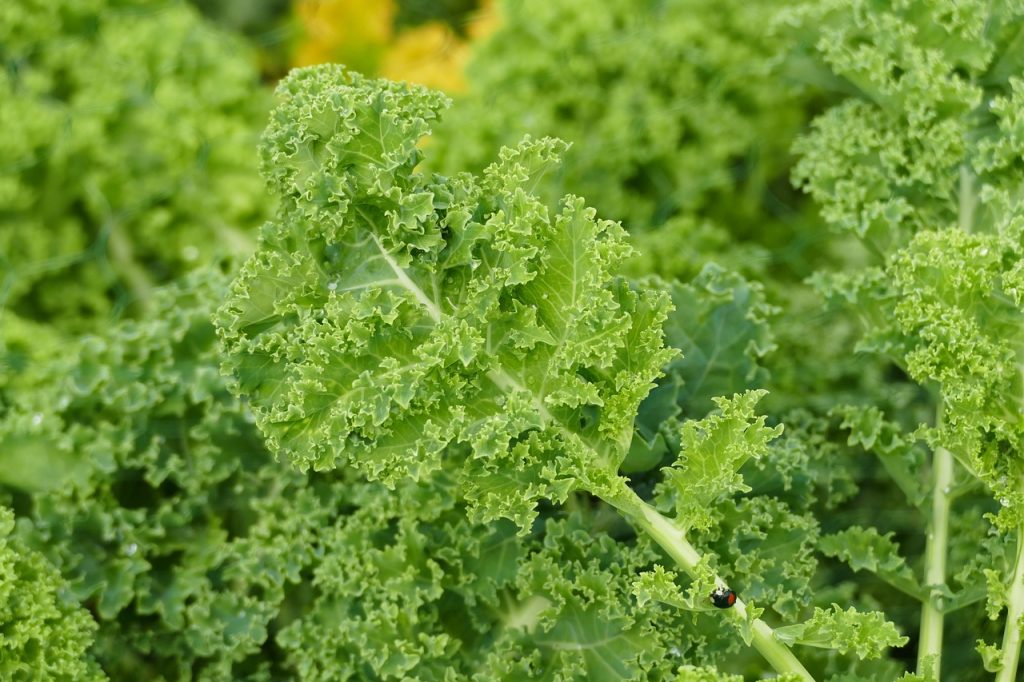
Kale is one of the most nutrient-dense vegetables that thrives in cooler weather. This hardy leafy green can withstand light frosts, making it an excellent candidate for planting from late August to mid-September. Rich in vitamins A, C, and K, kale can be harvested continuously throughout the fall, providing fresh greens for salads and cooking.
2. Spinach
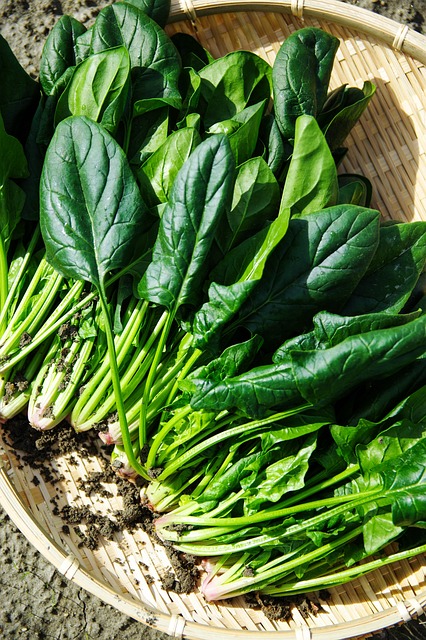
Spinach is another cool-weather champion that can be sown in late summer for fall harvests. This leafy vegetable not only grows quickly—often ready to harvest within six weeks—but it also becomes sweeter after a frost, making it a delightful addition to salads, smoothies, and cooked dishes.
3. Carrots
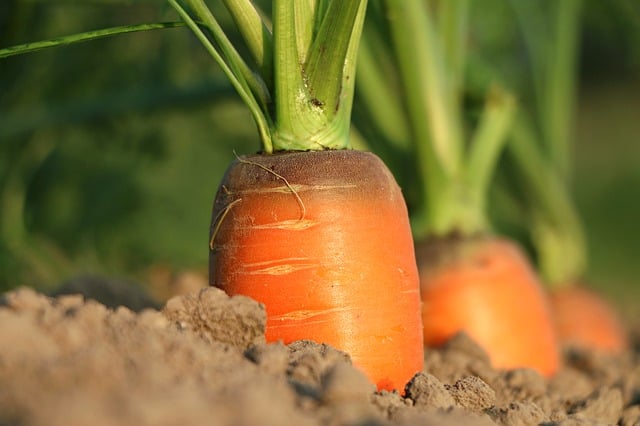
Carrots are an excellent root vegetable for fall gardening and can be planted as late as mid-September. They can survive light frosts, which enhances their sweetness and flavor. With patience, gardeners can enjoy a steady harvest, as carrots can be pulled fresh from the ground throughout the fall.
4. Brussels Sprouts
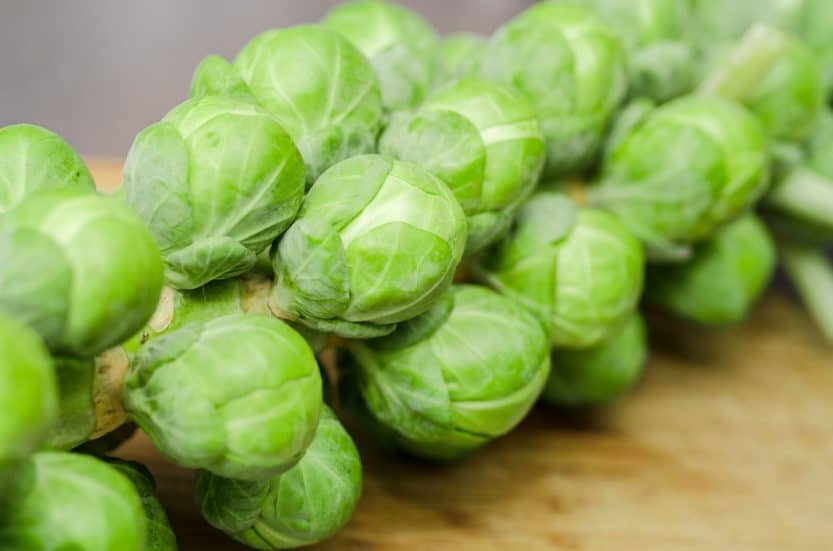
These unique mini-cabbages prefer the cooler temperatures of fall and can be started from seedlings in mid-summer. Brussels sprouts require a longer growing period, making them suitable for Oklahoma gardens, where they can develop their robust flavor as the temperatures cool.
5. Radishes
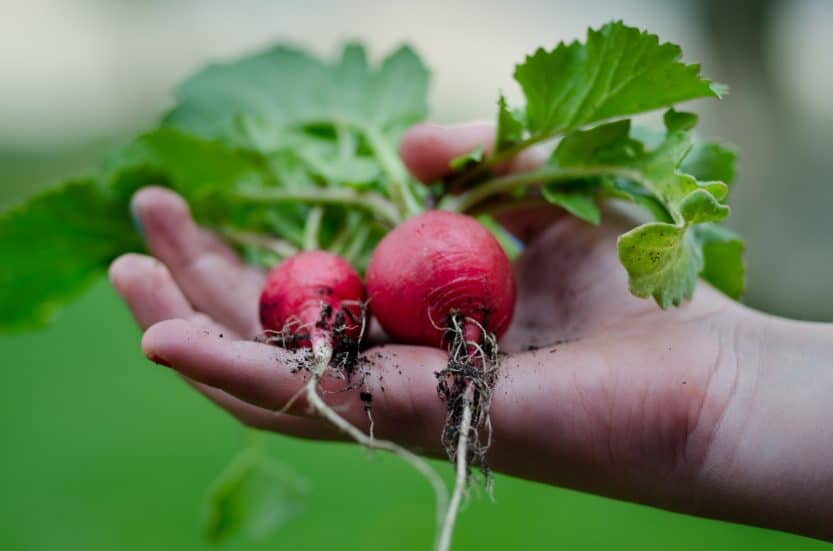
Radishes are an ideal quick-growing crop, with some varieties maturing in as little as three weeks after planting. This rapid growth makes radishes an excellent choice for fall gardens, as they can be sown from late August to early September. Their crisp texture and peppery flavor make them perfect for salads, garnishes, or even pickling.
6. Broccoli
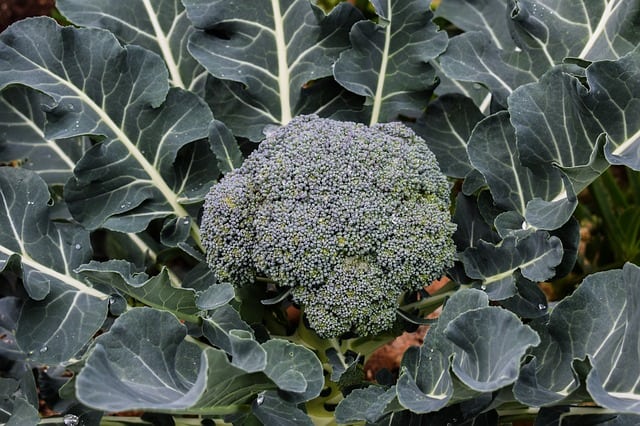
Broccoli is a nutrient powerhouse and a versatile addition to a fall garden. For optimal growth, it should be planted in late summer to early fall, allowing for a well-established plant by the time the first frost arrives. Broccoli thrives in cooler temperatures and can continue producing florets until late fall, making it a fantastic choice for sustaining your harvest into winter.
7. Turnips
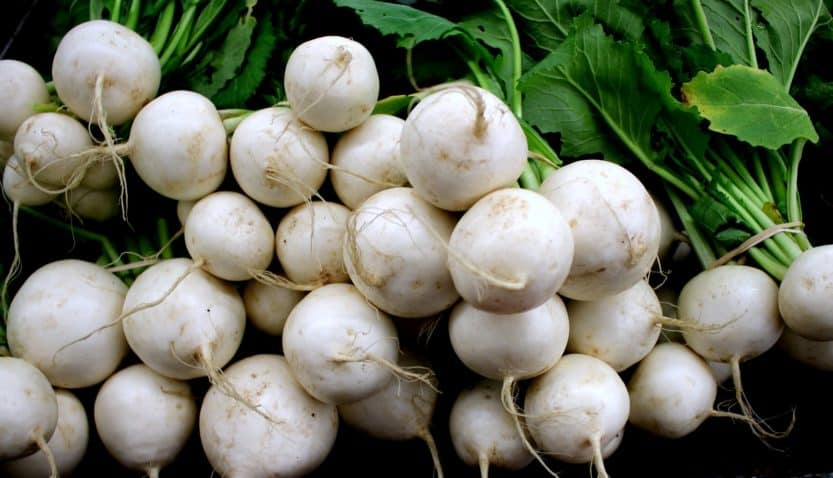
Turnips are another resilient vegetable that flourishes in the cooler months. Both the roots and greens are edible, providing dual benefits. They can be directly seeded into the soil from late August to early September and are also relatively pest-resistant, making them an easy choice for new gardeners.
8. Garlic
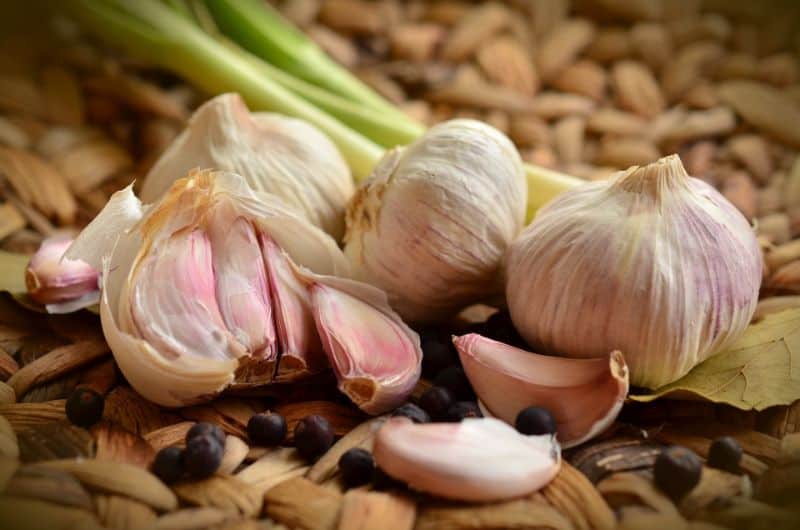
Garlic is unique among garden plants as it’s typically planted in the fall, ideally in late October or early November. It will overwinter in the ground and require minimal fuss, leading to a robust harvest the following summer. Planting garlic in the fall allows time for roots to develop, setting the stage for a healthy and flavorful bulb.
9. Beets
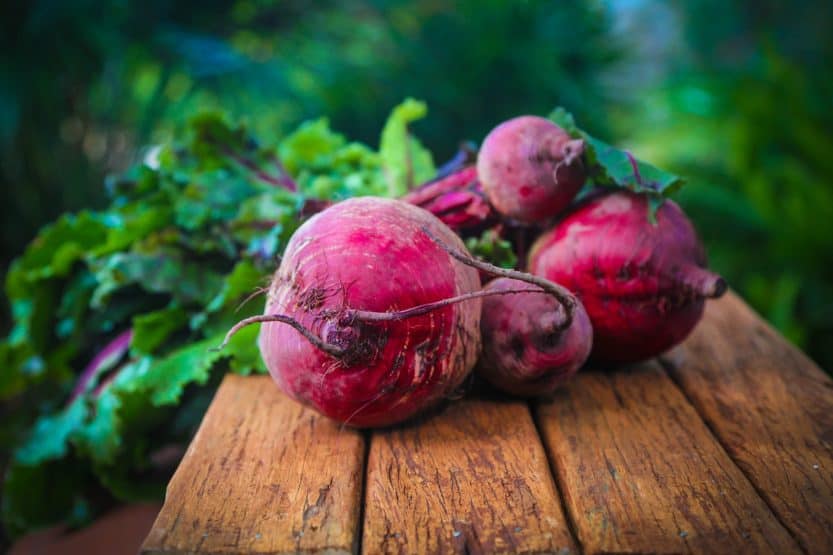
Beets are another excellent option that can be planted as late as mid-September. Their dual use as both a root vegetable and leafy green means you can harvest beet greens for salads while waiting for the roots to mature. Beets bring not just nourishment but also vibrant color to your fall garden.
10. Swiss Chard
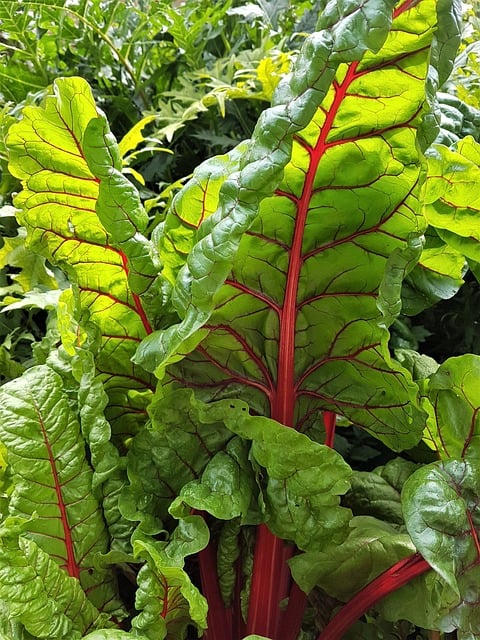
Swiss chard is remarkably versatile and can thrive in a variety of conditions. It can be planted in the late summer months and yields a fantastic crop well into fall and even early winter. With its striking stems and rich leaves, it offers both nutritional benefits and visual appeal.
Herbs to Plant in a Fall Garden in Oklahoma
Herbs are a fantastic addition to any fall garden in Oklahoma, offering flavors, aromas, and medicinal benefits that enhance dishes and promote wellness. The milder temperatures of fall create an ideal growing environment for a variety of herbs, some of which even improve in flavor after exposure to cooler weather. Here are several herbs well-suited for planting during the Oklahoma fall season:
1. Cilantro

Cilantro thrives in cooler temperatures, making it an ideal herb for fall planting. It can be sown directly in the garden from late summer to early fall. This quick-growing herb typically matures in about three to four weeks, allowing you to enjoy fresh cilantro for garnishes and salads during the fall months. Additionally, cilantro tends to bolt quickly in warmer temperatures, so its fall growth results in a more robust flavor.
2. Parsley

Parsley is a hardy biennial herb that can be planted in the fall for winter harvest. It’s best sown about six weeks before the first expected frost, which allows it to establish strong roots. The lush, vibrant leaves can be harvested as needed, adding a fresh touch to dishes and serving as an excellent source of vitamins A, C, and K. Gardener can even harvest parsley throughout the winter if it’s protected with mulch or row cover.
3. Thyme
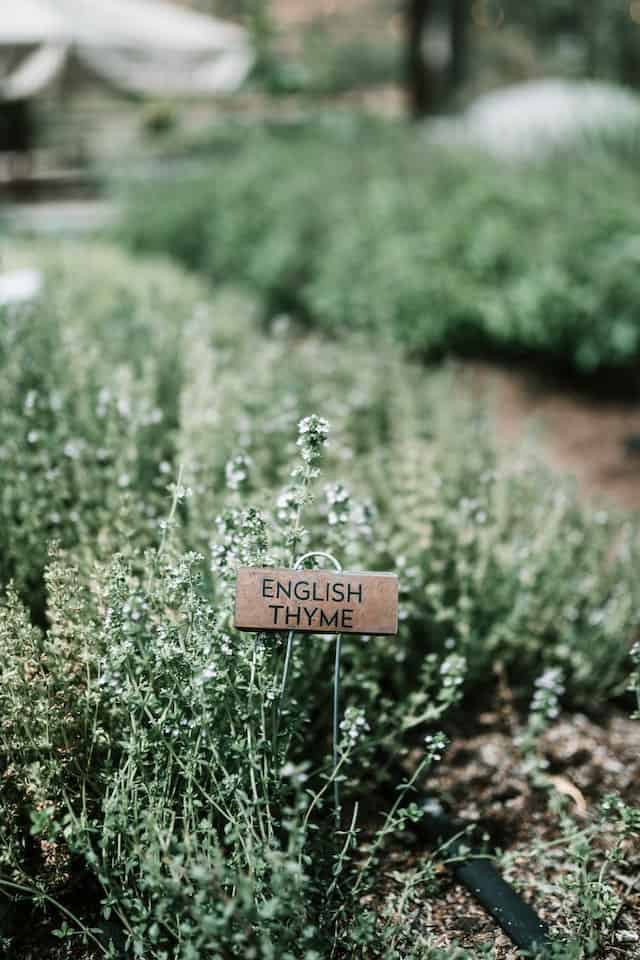
Thyme is another robust herb that does particularly well in the fall. With its deep roots and ability to withstand lower temperatures, thyme can be planted in early fall and will continue growing slowly through the winter months. It’s an essential culinary herb that enhances everything from soups to roasts, and once established, it requires minimal care.
4. Chives

Chives are a perennial herb that can be planted in the fall for early spring harvest. These grass-like plants perform well in cooler conditions and can withstand light frosts. By planting chives in the fall, gardeners can enjoy fresh herbs for garnish throughout the winter and spring, as these resilient plants will emerge as soon as conditions permit.
5. Oregano

Oregano thrives in well-draining soil and can be established in the fall for a flavorful addition to many dishes. This herb grows best when temperatures are cooler, making it perfect for planting in early fall. Once established, oregano is perennial, so it will come back year after year, providing a reliable source of flavor for culinary creations.
6. Sage
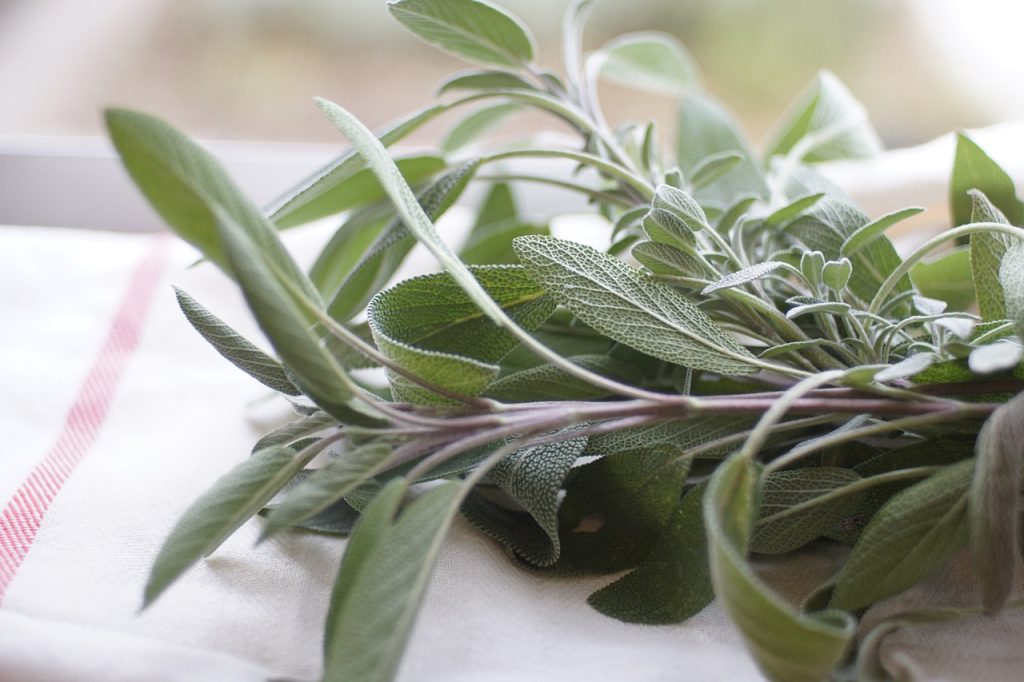
Sage is a robust perennial herb that showcases both culinary and ornamental qualities. Planting sage in late summer or early fall allows the plant to acclimate before winter. Its textured leaves and fragrant aroma make it a favorite for stuffing and roasted dishes, while its gray-green appearance adds beauty to the garden.
Incorporating these herbs into your fall garden not only enriches your culinary experience but also enhances the biodiversity and resilience of your garden ecosystem. Their growth during this time can help stave off weeds and attract beneficial insects, making your garden more sustainable overall.
What is a Fall Garden?
A fall garden can be described as a carefully curated space that thrives in the cooler temperatures and shorter days of autumn. Unlike the traditional idea of a garden being lush and vibrant in mid-summer, a fall garden is characterized by a unique charm and resilience. Fall gardens often include a combination of late-blooming flowers, hardy vegetables, and striking foliage that can withstand the chill.
The concept of a fall garden not only enhances the aesthetic of yard spaces but also emphasizes the opportunity for extended harvests. With proper planning, gardeners can enjoy a rich tapestry of colors and textures, while also growing food crops that refresh the palette for the dinner table as the weather turns cool. The essence of a fall garden is rooted in adaptability; it allows for the use of specific plants that flourish under conditions that might otherwise hinder summer favorites.
Moreover, creating a fall garden serves as an essential endeavor to promote biodiversity, as many pollinators, especially bees, begin to seek out late-season blooms. Cultivating a fall garden means embracing the beauty of change, showcasing how nature can transform and prepare for the dormancy of winter.
When to Plant a Fall Garden in Oklahoma
Timing is crucial when it comes to establishing a fruitful fall garden in Oklahoma. The optimal window for planting can vary slightly depending on the specific area within Oklahoma, but general guidelines can help. Most fall crops should be planted between late July and mid-September to maximize their growth potential before the first frost.
Vegetables
For hardier vegetables, such as kale and spinach, aim to plant seeds about 6-8 weeks before the expected first frost date, typically around late August to early September. Quick-maturing varieties of these vegetables can yield a generous harvest before the chill sets in.
Flowers
For seasonal flowers like pansies and chrysanthemums, planting can begin in mid-August through early September. This allows them to establish roots before the onset of colder weather, ensuring they provide vibrant blooms throughout the fall months.
Herbs
Herbs can be a bit more forgiving; they can be planted as late as early October, especially if you are growing cold-tolerant varieties like cilantro and parsley. These herbs thrive in the fall and can be harvested continuously until the first hard freeze hits.
Why Plant a Fall Garden in Oklahoma?
Planting a fall garden in Oklahoma presents an array of advantages, appealing not only to seasoned gardeners but also to novices eager to get their hands dirty. The unique climate of Oklahoma, which experiences scorching summers followed by milder fall temperatures, creates an optimal environment for a variety of plants that thrive during this period.
One of the most compelling reasons to cultivate a fall garden is the extended growing season it offers. Many gardeners mistakenly believe that their gardening efforts cease with the arrival of autumn; however, fall in Oklahoma can be a vibrant time for growth. By choosing the right plants, gardeners can maximize available sunlight and cooler weather, which often leads to less stress on plants compared to the sweltering summer heat.
Additionally, fall gardening allows for the cultivation of a different spectrum of plants, which can enhance the biodiversity of local ecosystems. As many summer species come to a close, transitioning to fall plants can support a variety of pollinators that are active during this season. Flowering plants such as asters and chrysanthemums become vital sources of nectar, fostering a healthier garden environment.
Moreover, a fall garden can contribute to sustainable gardening practices. By planting cover crops or incorporating leafy greens that can fix nitrogen in the soil, you naturally improve soil health and prepare it for the following spring planting season. This not only reduces soil erosion but enhances organic matter, supporting a more productive garden all year round.
In a state known for its agricultural heritage, a fall garden serves as a tribute to Oklahoma’s enduring relationship with the land. It offers a wonderful way to reconnect with nature before winter sets in, fostering environmental stewardship and a sense of accomplishment as gardeners reap the harvest of their labor during the cooler months.
Benefits of Planting a Fall Garden
The benefits of planting a fall garden in Oklahoma extend far beyond enjoying beautiful blooms and fresh vegetables. Embracing this seasonal planting strategy carries unique advantages that can enhance both the gardener’s experience and the environmental health of their landscape.
1. Extended Harvest Season
One of the primary advantages of a fall garden is the ability to enjoy fresh produce for a longer period. Crops such as broccoli, Brussels sprouts, and carrots can be sown for a fall harvest, allowing you to enjoy nutritious meals from your garden right up until winter. This continuity not only provides food but also saves money on grocery bills.
2. Reduced Pest Pressure
The cooler temperatures associated with fall often lead to a decrease in certain pests and diseases that can plague summer gardens. Many insects are not as active in the fall, which allows plants to grow healthier and stronger, resulting in higher yields. This natural cycle provides an opportunity to grow plants that might struggle in the summer heat without resorting to chemical interventions.
3. Improved Soil Quality
Planting a fall garden can also contribute to healthier soil. Many fall crops are known as “green manures” or cover crops, like clover and vetch, which can improve soil structure and prevent erosion. These plants help restore nutrients, particularly nitrogen, to the soil as they decompose, leading to richer dirt for future planting seasons.
4. Aesthetically Pleasing Landscapes
From a landscaping perspective, fall gardens add visual appeal as they transition Oklahoma yards into a tapestry of colors. Brightly colored flowers, interesting leaf patterns, and varying heights of plants can create a dynamic landscape that captures the beauty of autumn. This aesthetic enhancement provides a sense of joy and tranquility as nature prepares for winter.
5. Enhanced Community and Learning Opportunities
Engaging in fall gardening can foster a sense of community among gardeners. Sharing knowledge of successful plants and strategies for extending the growing season provides a platform for interaction and networking among gardening enthusiasts. Local gardening clubs often host workshops and events during the fall that focus on seasonal plants, giving participants a chance to learn and exchange ideas.
Timing
Timing is everything when it comes to establishing a successful fall garden in Oklahoma. Understanding the nuances of planting schedules is crucial because Oklahoma’s climate can vary significantly from one region to another, impacting when and how to plant your fall crops.
Generally, the prime time to set your seeds or transplants in Oklahoma’s fall gardening season spans from mid-August to early October. However, the specific timing depends on the crop you wish to plant. For instance, cool-season vegetables like kale, radishes, and turnips can typically be sown mid to late August. In contrast, hardy crops such as broccoli and cauliflower should be planted in late August to early September to allow them to establish before the first frost.
It’s also essential to consider Oklahoma’s average first frost date, which can range from late October to early November depending on the location. Gardeners should count backward from that date when planning their planting schedule to ensure that each vegetable has adequate time to mature before the cold arrives. Utilizing tools like frost date charts can provide guidance and help protect your plants by allowing you to harvest before they become susceptible to frost damage.
Lastly, take note of the weather patterns as fall approaches. Unpredictable temperature fluctuations are common, and being prepared can prevent disappointment. Regularly checking local weather forecasts and maintaining flexibility in your gardening plans will help ensure a thriving fall garden.
Climate and Soil Conditions
Oklahoma’s unique climate and soil conditions pose both challenges and opportunities for fall gardening. Characterized by hot summers and moderate winters, the state has a diverse range of climates, from humid subtropical to semi-arid. Understanding these factors can significantly influence crop success.
Climate
The fall season offers relatively mild temperatures, often ranging from the upper 50s to mid-70s. These conditions are perfect for many cool-season plants that thrive in the crisp hours of the day. Additionally, Oklahoma tends to receive adequate rainfall during the fall; however, periodic droughts can occur. As a result, ensuring your garden has a reliable irrigation system is essential for maintaining healthy plants.
The key to leveraging Oklahoma’s climate is to choose plants that align with the seasonal transition. Cool-season crops like spinach and garlic prefer the cooler weather. Conversely, some plants like certain herbs and varieties of lettuce can even withstand a light frost, making them excellent choices for late-season planting.
Soil Conditions
The soil in Oklahoma varies widely, often characterized by clay, sandy textures, or loamy mixtures, and knowing your soil type can significantly influence your gardening decisions. Regular soil testing can reveal pH levels and nutrient availability, guiding amendments to create an ideal growing medium.
In general, fall gardeners should aim for well-draining soils enriched with organic matter. This can be achieved by integrating compost, which improves the structure, drainage, and nutrient content of the soil. Adding mulch helps retain moisture and insulates root systems from temperature fluctuations, contributing to plant resilience as the weather cools.
In areas with clay-heavy soil, consider raised beds filled with improved soil mixes to prevent compaction and drainage issues. Conversely, well-draining sandy soils may require regular watering and amendments to provide nutrients effectively. Taking the time to understand and amend your garden soil will create a solid foundation for your fall plants and lead to healthier growth.
Care and Maintenance of a Fall Garden in Oklahoma
Successful gardening in the fall requires dedicated care and maintenance, especially in Oklahoma’s variable climate. By understanding the specific needs of your fall plants and implementing proper maintenance techniques, you can ensure that your garden flourishes until the last harvest.
1. Watering Practices
As temperatures drop, the watering needs of your fall garden may differ from those in the hotter months. Generally, fall gardens require less frequent watering, but it’s crucial to monitor soil moisture. Early in the fall, maintain consistent moisture for new transplants and seedlings. As cooler weather sets in, watering can be reduced, but ensure adequate moisture levels to prevent stress, especially ahead of frost. Drip irrigation systems can effectively provide water while conserving it.
2. Mulching
Mulching is an essential practice for fall gardens in Oklahoma. Adding organic mulch helps regulate soil temperature and moisture, suppressing weeds and preventing soil erosion. A layer of straw, shredded leaves, or wood chips can protect plant roots from potential cold snaps, especially for more sensitive crops and herbs. Additionally, as the mulch decomposes, it will enrich the soil, leading to healthier plants.
3. Fertilization
Fall gardening often necessitates a different approach to fertilization compared to spring planting. Many fall crops benefit from a balanced fertilizer applied before planting or at planting time. Selecting slow-release fertilizers can help nourish plants over an extended period, supporting their growth throughout the season. However, be cautious not to over-fertilize, as this can lead to excessive leaf growth at the expense of fruit or root development.
4. Pest and Disease Management
While the cooler weather typically reduces pest populations, it’s still essential to monitor the garden for any signs of pest infestations or diseases. Monitoring is key; if you notice any issues, consider using organic pest management strategies, such as insect barrier fabrics, handpicking, or introducing beneficial insects. Additionally, maintain good garden hygiene by clearing out any dead or diseased plants promptly, as these can harbor pests and diseases that may impact the health of your fall garden.
5. Seasonal Care for Cold Protection
As the first frost approaches, gardeners need to implement protective measures for their plants. For frost-sensitive varieties, consider using row covers, cloches, or floating row covers to shield them from cold temperatures and frost. These methods not only protect the plants from freezing but can also trap a layer of warmth within. Be vigilant about nighttime temperatures and remove covers during the day to allow for sunlight and ventilation.
6. Weeding and Tidiness
Maintaining a tidy garden is particularly crucial in the fall, as weeds can thrive if not kept in check. Regular weeding prevents competition for nutrients and water, ensuring your fall plants have the best chance to grow strong. Hand-pulling or using a hoe can be effective methods for managing weeds. Additionally, practice crop rotation and cover cropping to improve overall soil health and deter weeds in subsequent seasons.
7. Harvesting Techniques
Timing is key for harvesting fall crops. Many vegetables, like kale and spinach, can be picked continuously throughout the fall, promoting new growth. For root vegetables such as carrots and beets, wait until they are adequately sized before harvesting, but do check them regularly as exposure to frost can enhance their sweetness. Always use sharp tools to cut or pull crops to minimize damage to the plants and surrounding soil structure.
8. Planning for the Future
As gardening season comes to a close, use this time to reflect on your fall garden’s successes and challenges. Take notes on your experience, including what plant varieties thrived and what could be improved. Consider planting cover crops (such as winter rye or vetch) to enrich the soil and prevent erosion during the winter months. This practice also helps as a green manure for the following spring garden.
By implementing these comprehensive care practices, you’ll be well-equipped to maintain a healthy and productive fall garden in Oklahoma. With the right attention given to watering, mulching, fertilization, pest management, and harvesting, your fall gardening endeavor can flourish, providing delicious and nutritious produce as well as a rewarding experience.
FAQ
1. What are the best vegetables to plant in the fall in Oklahoma?
The best vegetables for fall planting in Oklahoma include leafy greens such as kale and spinach, root vegetables like carrots and radishes, and brassicas, including broccoli and cauliflower. Herbs such as cilantro, parsley, and chives also thrive in the cooler temperatures of fall.
2. When should I start planting my fall garden in Oklahoma?
Ideal planting times for fall gardens in Oklahoma typically range from mid-August to early October, depending on the specific crop and your local climate conditions. It’s important to also consider the first frost date in your area to ensure your plants have ample time to mature.
3. How can I protect my fall plants from frost?
To protect your fall plants from frost, you can use row covers, cloth sheets, or floating row covers to create a protective barrier. During particularly cold nights, cloches can provide additional warmth. Ensure to remove these coverings during the day to allow for sunlight and ventilation.
4. Do I need to amend my soil before planting in the fall?
Yes, amending your soil before planting in the fall can significantly improve nutrient content and soil structure. Incorporating organic matter such as compost helps enhance drainage and fertility. Consider conducting a soil test to evaluate your soil’s pH and nutrient levels so you can amend it appropriately.
5. Can I grow herbs indoors during the fall in Oklahoma?
Absolutely! Many herbs can thrive indoors during the fall. Place pots in sunny windows or under grow lights to provide the necessary light for healthy growth. Herbs such as basil, parsley, and chives can be easily transitioned indoors to ensure a fresh supply through the colder months.
6. What are some common pests affecting fall gardens in Oklahoma, and how can I manage them?
Common pests that might affect fall gardens include aphids, cabbage worms, and spider mites. Regular monitoring and early intervention are key. Using organic solutions such as neem oil, insecticidal soap, or introducing beneficial insects like ladybugs can effectively manage pest populations without harming your plants.
7. Is it too late to plant a fall garden if I missed the early window?
While the best planting window is typically mid-August to early October, you might still have opportunities to plant certain cold-tolerant crops as late as mid-October, particularly quick-growing varieties. Just be mindful of your local first frost date and select crops that you can harvest before the extreme cold sets in.
8. How can I extend my growing season into winter?
To extend your growing season, consider implementing methods such as high tunnels or cold frames, which can create a microclimate around your plants. These structures help insulate crops against cold temperatures, making it possible to continue growing certain hardy vegetables even into winter.
Conclusion
As the vibrant hues of summer give way to the rich oranges, reds, and browns of fall, Oklahoma gardeners have the unique opportunity to cultivate a diverse array of plants that thrive in the cooler, crisp air.
Embracing the fall planting season not only extends your gardening efforts but also enriches your table with seasonal vegetables and herbs.
With the right timing, a keen understanding of local climate and soil conditions, and proper care, Oklahoma gardeners can transform their outdoor spaces into productive patches that yield fresh, home-grown food throughout the season.
From leafy greens like kale and spinach to hearty root vegetables such as carrots and turnips, there’s no shortage of crops that can flourish in this bountiful season. Additionally, integrating herbs like cilantro and parsley allows for culinary adventures that bring fresh flavors into the kitchen, celebrating the abundance of fall harvests.
As we move further into autumn, it’s important to recognize that gardening is not just about growing plants; it’s about cultivating a connection to the land and a sense of community through shared resources and knowledge. Whether you’re an experienced gardener or just starting, your fall garden can contribute to personal well-being and sustainability.
So, grab your gardening gloves, prepare your soil, and get ready to plant—Oklahoma’s fall gardening season is a treasure trove waiting to be explored.



